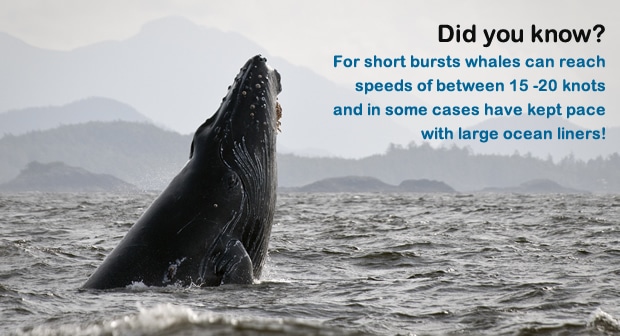Amazing Video of Humans Saving a Whales Life – See How it Thanks Them
Every winter Michael Fisch spends two months in the Sea of Cortez photographing Blue Fin Back and Humpback Whales as he seeks to track these majestic animals during their amazing journey across the ocean.
On Valentine’s Day in 2011 Michael and his family were given the rare opportunity to save the life of a humpback whale caught in a fishing net. Their amazing efforts were captured on film in some incredibly powerful footage.
The humpback whale was very near death when Michael, his family and friends found her floating in the ocean tangled up in a fisherman’s net. In actual fact when they first came across her they initially thought she was dead because she was not moving at all.
Despite that fact, they took a much closer look and understood that her torso and fins had gotten tangled up with a fisherman’s net which was restricting her movement. They realised without help her time was short, but with a little assistance the humpback could still had a full life to live.
What happened next was so wonderful and amazing that it brings tears to the eyes.
Once the humpback whale was freed it celebrated in style with majestic breaches (leaps from water). Whether the whale was enjoying being free again, or thanking those who had helped her we will never know. What we can be sure of though is that it’s something those who saw that day, or indeed on the video above will never forget.
The rescuers named the humpback Valentina to commemorate the day of her rescue which of course was on Valentine’s day. They hope that people who watch this journey from what was almost certain to be death to complete freedom will inspire others to lend a helping hand
“In ways big and small, each of us can be the one who helps another.”
If you know someone who this video could inspire please share this article and show your friends and family how one life can be changed forever as a result of an act of kindness.
Did you know?
- Humpback whales are among the most endangered of the large whales. Recent population estimates indicated about 2,000-4,000 individuals remaining in the western North Atlantic.
- Like other whales, the humpback has suffered tremendously from exploitation by hunters. The humpback whale gained protection in 1962, through the International Whaling Commission. Since then the species has shown some signs of recovery in the North Atlantic.
- Whilst hunting has been greatly reduced, there remain many threats. Among these are entanglement in fishing gear, acoustic disturbance, collision with ships, and habitat degradation.
- Whales communicate with one another by creating high pitched noises which to the untrained ear sounds like they are singing. You can hear a whales voice in open water from a distance of over 200 miles.
- Whales are social animals and travel in herds that migrate to the same areas year after year.
- For short bursts whales can reach speeds of between 15 -20 knots and in some cases have kept pace with large ocean liners. Their cruising speed is roughly 6 knots which is twice as fasts as the walking pace of a person.
- An adult sperm whale has a brain which can weigh up to 9 kg. This is the largest of any animal and in the part of the brain where thought processes occur the brain is highly developed though it has not yet been proven whether whales are intelligent. Nevertheless it is a fact that their complicated brains are used for complex communication.


